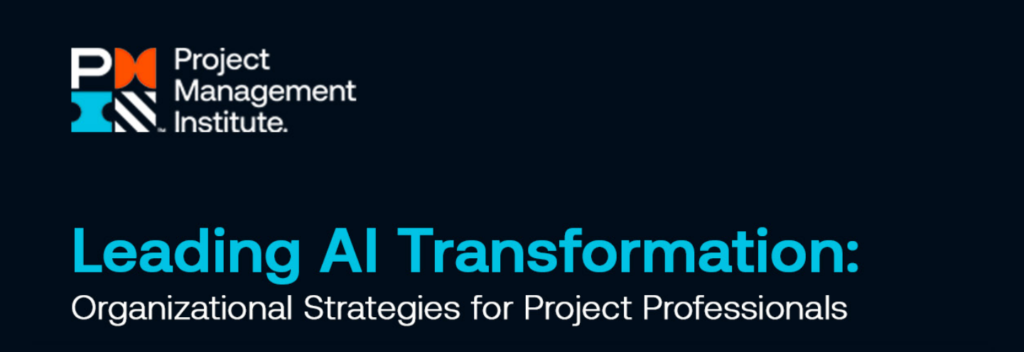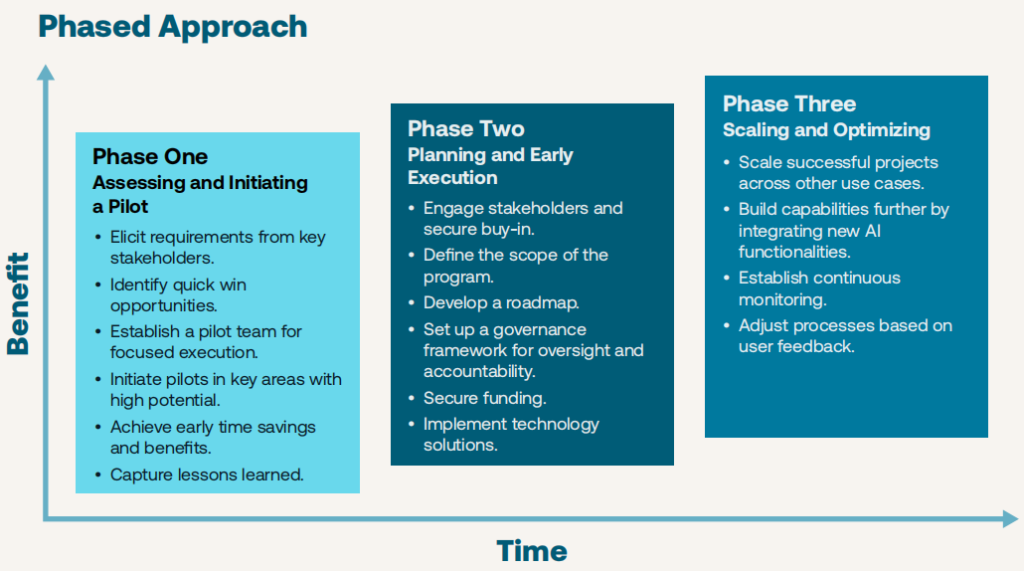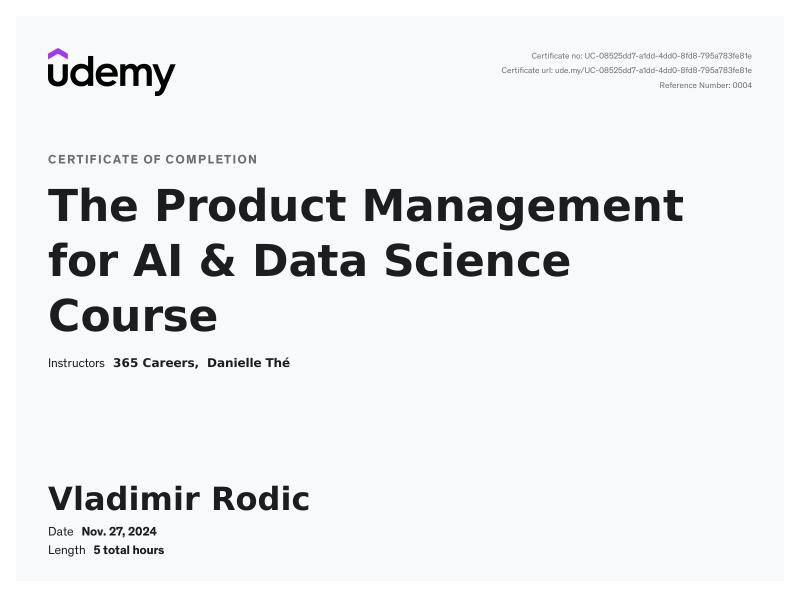
I’ve recently completed and passed the C10 LLM Foundations Certified PM certificate by The Product Compass.
This is the foundational module of The Product Compass’s AI PM Learning Program, designed to give product managers a solid understanding of large language models (LLMs) – both technically and strategically.
What the Certificate Covers
The C10 module focuses on LLM fundamentals – how these models work, where they fit in the AI landscape, and how they can be applied in product management.
The exam consists of 20 multiple-choice questions, and you need about 80% to pass.
After this foundation, the next level is C11 – LLM Practitioner, where the focus shifts to hands-on work such as building LLM-based products, implementing RAG systems, and fine-tuning models.
This credential verifies that you understand the core mechanics, potential applications, and management considerations of LLM-driven products.
Knowledge Areas Covered
Here are the main domains the certificate focuses on:
1. Fundamentals of LLMs and AI Technologies
Neural networks, transformers, self-attention, tokenization, and reinforcement learning. Understanding how LLMs fit into modern AI stacks.
2. Prompt Engineering
How to design and structure prompts, create templates, and optimize model outputs while managing limitations.
3. APIs and Integration Patterns
Connecting LLMs via APIs, handling completions, streaming, and tool calls. Emphasis on product implications and system integration.
4. Context Engineering, RAG, and Memory
Building Retrieval-Augmented Generation (RAG) workflows with vector stores, embeddings, and data chunking. Creating memory architectures for better model context.
5. Fine-Tuning and Model Adaptation
Covers SFT, RLHF, and other fine-tuning methods like DPO and ORPO. Focuses on when to use fine-tuned vs. general-purpose models.
6. Evaluation and Observability
How to monitor and measure LLM performance – from hallucination rate and bias to safety and efficiency.
Why It’s Worth Taking
What I liked about this certificate is that it moves beyond the hype and focuses on what actually matters when building or managing AI products – understanding not just how LLMs work, but how to integrate them responsibly and effectively.
It’s a great entry point before diving into the more practical C11 Practitioner level, which includes real-world applications and hands-on projects.






